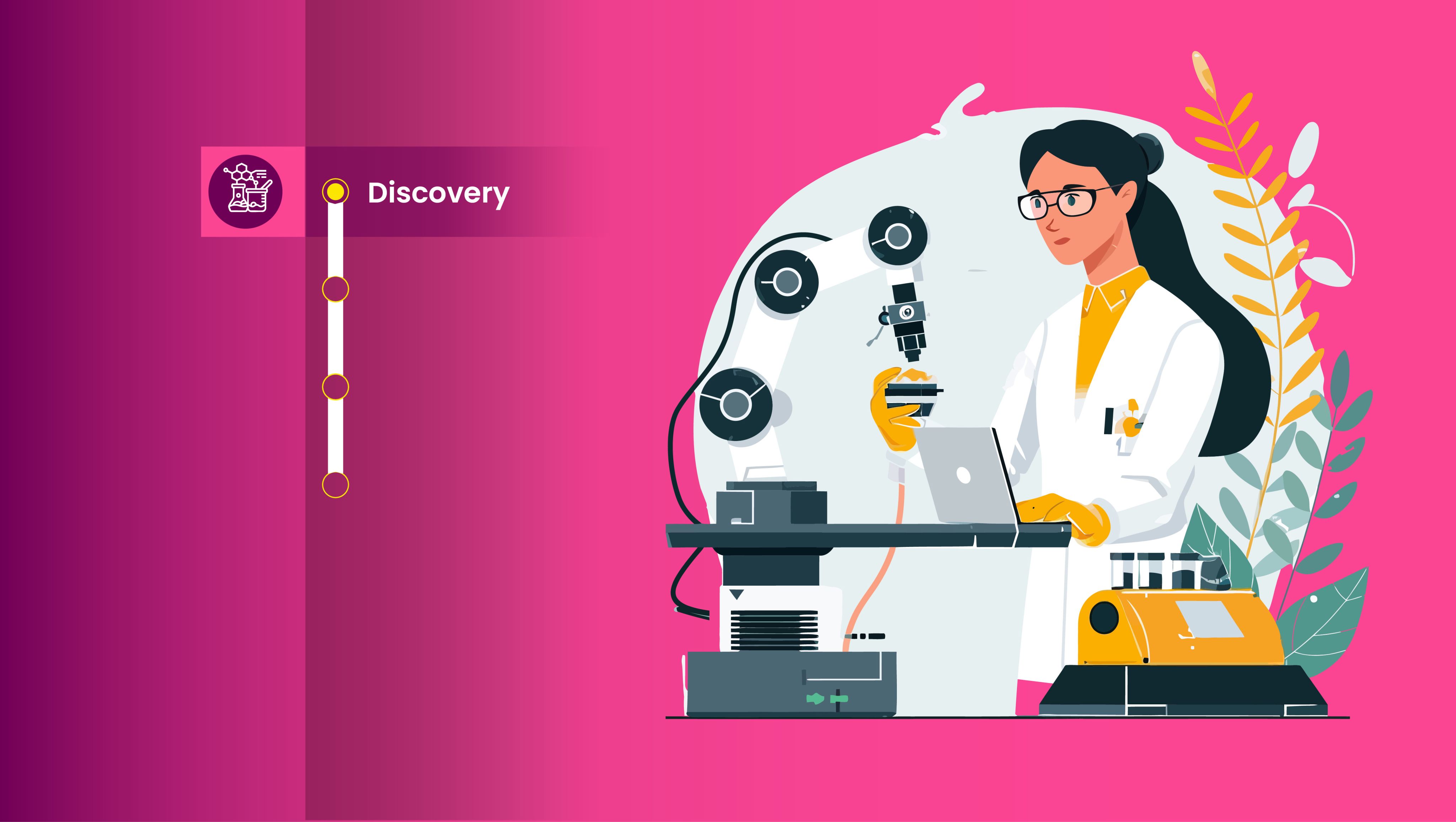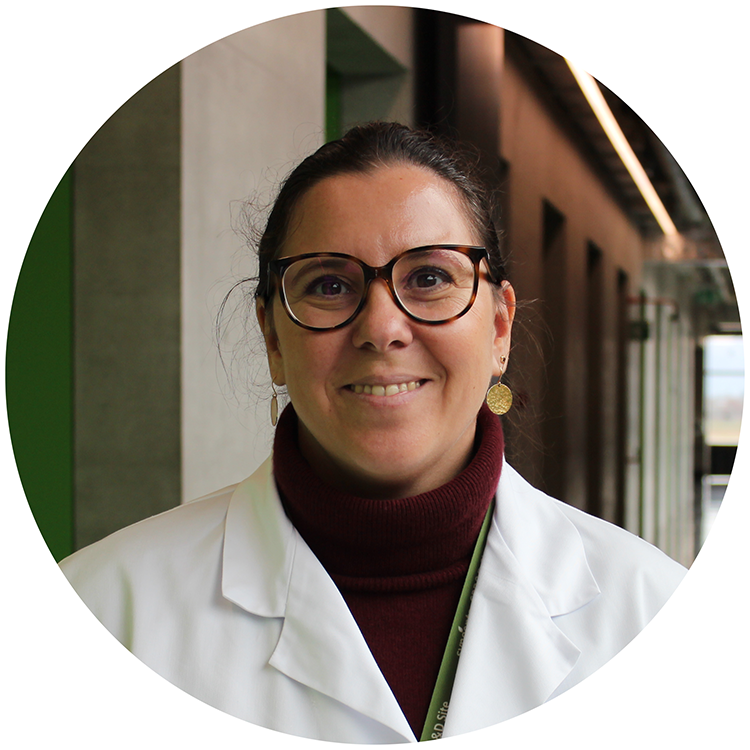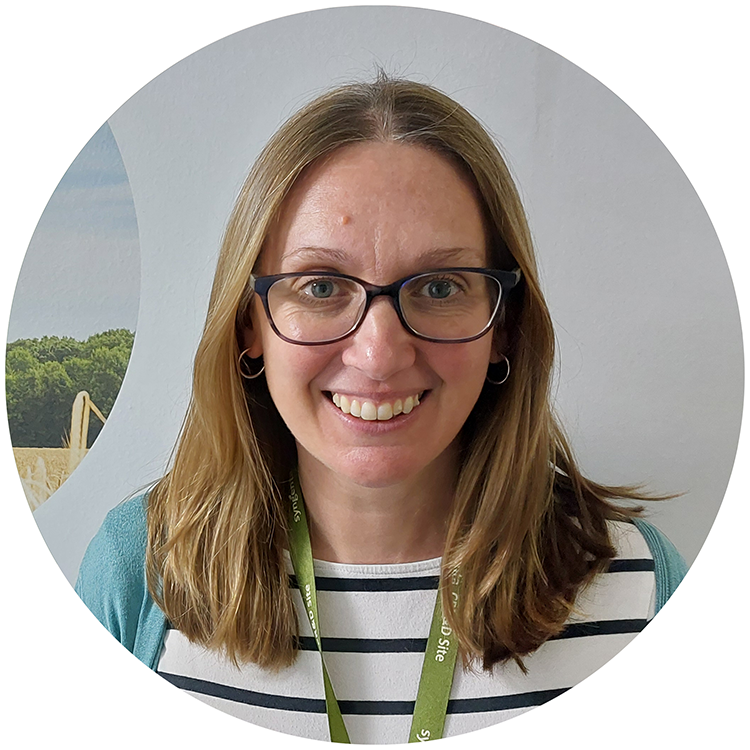Leading innovation
Meet the women who brought Syngenta’s PLINAZOLIN® technology to life

Leading innovation
Meet the women who brought Syngenta’s PLINAZOLIN® technology to life

The scientific breakthroughs that the world sees are the outliers. Those are projects where the stars aligned, and everything came together at the right time.
Most of the time, what you see of science is its successes. But that’s just the tip of the iceberg. Beneath the surface of every scientific leap forward are years of determination, research, and even setbacks.
Rarely, everything comes together as it should: the right combination of scientific minds working with unmatched technology to drive knowledge forward. But when it happens, it can be the beginning of a breakthrough.
This is a story of one breakthrough that was borne of years of trials, testing, and determination.
Scientists were exploring an extraordinary new type of new active ingredient (AI) technology, the cornerstone molecules in a product that make it work.
The kind of technology that, if successfully formulated, could revolutionize the agrochemical industry.
And in 2021, researchers did just that. It became PLINAZOLIN® technology, Syngenta’s fastest growing technology to date.
This is the story of how that product came to be, and of the collaborative spirit of four dedicated women who were instrumental in bringing that technology to the hands of farmers around the world.




“The highlight of my career” - Myriem El Qacemi
Senior Principal Scientist Myriem El Qacemi may not have known it at the time, but the first research project she led would go on to change farming outcomes around the world.
Her team’s work was the first, crucial stage of designing a new insecticide. That began with successfully formulating a new chemical class with enormous potential.
What made this AI so unique, El Qacemi explains, was how it affected plants on a molecular level, or its mode of action. It worked in a completely new way, meaning it had a ‘novel mode of action’.
“What we spotted very early on in this project was that this chemistry had a new way of working.
“It’s very important to have a product with a novel mode of action. If you always use the same classes of insecticides, then insect resistance can develop, and pests harmful to a crop cannot be controlled anymore.”
El Qacemi and her colleagues had to discover how to make this technology effective and safe, while speeding up its development.
Innovative thinking was key. For example, by speeding up the breeding of the insects the technology was tested on, the team quickly identified leading compounds that offered the most effective, economical and sustainable solutions for farmers worldwide.
The research team worked on this chemical class for six years to identify the best candidate. At the project’s peak, El Qacemi led more than 30 chemists, all working together with a singular focus. It was demanding, but rewarding.
“One of the highlights of my career was working with this project team,” says El Qacemi.
“There was a sense that everybody was pushing to excel as a team, to do the best science in a positive way. There was a real atmosphere of scientific excellence. And when you are in such a team, you know that you're making progress and a scientific breakthrough.”
“A unique experience” - Clair Stuart
Every new AI is designed in carefully controlled lab conditions. But it is never meant to stay there.
How does a specialist product make it out of the lab and along the complicated arteries of the global supply chain – travelling by land, sea, or air for weeks at a time – with its quality intact?
Meet the formulation chemists working modern-day miracles.
Formulation Development Manager Clair Stuart found herself at the center of the enormous web of scientists around the world tasked with bringing this new AI from research into global production.
The PLINAZOLIN® technology was to be a key ingredient of new products for farmers in multiple areas, notably the United States, Brazil and the Asia Pacific region.
Three huge markets with varying climates, agricultural systems and growers’ needs.
It was Stuart’s job to find a way to take this remarkable new AI and build region-specific products for these markets.
It took an enormous amount of planning to balance the needs of everyone involved.
She says: “We were bringing all these different perspectives together for this new AI that, globally, we had a big market for, and, at the same time, each market was really excited about - but you can’t develop 40 different products.”
What Stuart and her colleagues created was ingenious: a family of three key formulations that became the building blocks for each region’s products.
Syngenta scientists in each area could then tailor the products to suit the specific requirements of their markets.
“To see it develop from the really early research stages, all the way through to a product on the market, that’s a unique experience that I feel really lucky and privileged to have had.”
Stuart worked on the project for eight years.
Alongside the opportunity to work at each stage of the process, she notes the satisfaction of seeing a project through, from the lab to the field.
“One of the highlights was seeing some of the feedback from the first growers to use the product. They said it was really easy to handle, which sounds like a simple thing, but actually that's what we're all about.”
“I learned so much” - Karine Heintz
An insecticide is made of more than just the exciting new AI that often gets the spotlight.
The chemical compounds that eventually become the products farmers use to protect their crops contain a number of molecules. These molecules are bundled together alongside the AI that drives the change in the plant. They all need to work well together to be effective, which is no mean feat. And it’s only thanks to experts like Karine Heintz, the Senior Leading Scientist at Syngenta’s Analytical Development and Product Chemistry department, that it does.
Heintz’s efforts on this technology were enormously complex and varied. From working alongside the chemists to optimize the AI, to producing the essential chemical data required to register the product, she was involved in every single step of the development. She worked on this project for eight years.
And at every stage, her team linked the technology’s development seamlessly.
“There were many stimulating conversations with a lot of stakeholders and colleagues that worked in different areas of the company but were all involved in this project. I learned so much,” she says.
Alongside the satisfaction she felt in seeing the product registered and finally released into the world, Heintz says the project’s success all came down to the people behind it.
“If the chemistry between everyone involved works well and you can learn from each other, then it triggers new ideas for solving problems together.”
“My approach is collaborative” - Nicole Gloor
Translating cutting-edge science into a simple, easy to understand concept is an art of its own.
Every product at Syngenta has its own identity. But how do you distill years of work by hundreds of colleagues into a tangible idea people can easily understand?
It takes a creative mind to make that link. And in the case of branding and communicating the innovation behind PLINAZOLIN® technology, that creative was Nicole Gloor.
As one of Syngenta’s Branding Leads, Gloor and her team were instrumental in launching this new technology in 2021.
Her work involved designing the look and feel for PLINAZOLIN® technology and products based on it, launched in the three key markets – Brazil, the U.S. and Asia Pacific – and organizing distinct branding messages for each.
It also saw her playing the part of translator between Syngenta’s technical experts, the general public, and growers. By turning complex scientific breakthroughs into concepts that were easy to grasp, Gloor helped growers around the world understand that the next generation of cutting-edge insecticides was within reach.
“The idea of a mode of action is not easy to articulate, but there is a need to explain it. In the end, people want to understand,” she says.
“It’s very complex and you try to explain it in an easy way, so that everybody can understand, not just technical specialists.”
Once Gloor had nailed down the product’s core messaging ideas, it was time to adapt them for each market. So, she called in the local experts: her colleagues in those regions.
“Collaboration is the best approach. I don’t assume that I know what is right for each country, so I always collaborate with the key countries, and we shape it together,” she says.
Asking for customer feedback and insights from each specific market saw her tailor the messaging to what mattered to growers in each region. She then laid a framework for her local branding colleagues to make their own, prioritizing the needs of local farmers.
“The brand architecture and core messages platform are designed to have key elements that are always the same, but the rest is very flexible. This fosters brand and messaging consistency but at the same time, it allows for flexibility for local adaptations.
“In a sense, colleagues in these countries can use their own creativity to tailor the branding to local market conditions.”
A new tool
What began as a new molecule with potential is now technology found in farmers’ hands all around the world.
It’s a new tool they can rely on to keep their crops healthy and safe, so they can grow sustainable food for us to eat.
And it’s thanks to the scientific and creative efforts of El Qacemi, Stuart, Heintz and Gloor, alongside teams of hundreds of colleagues, working together and persevering, that they made something groundbreaking.





